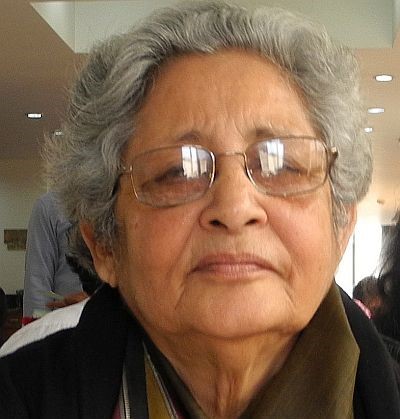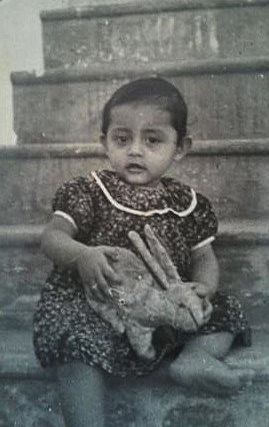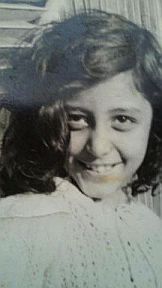Latest Contributions
Read More Contributions
Childhood recollections: Deoghar
Category:
Tags:

Suchandra Banerjee was born in 1939 to Tapogopal and Usha Mukherjee. After she got married to an Army officer in 1958, she made her husband's family and the Indian Armed Forces' family her own. She moved with her husband from city to city, ending in Lutyen's Delhi when her husband, late Lt. General Ashish Banerjee PVSM, served as the Director-General of the National Cadet Corps. Known as a person of great spirit and generosity, she has helped several people, outside her family, whose start in life was disadvantaged. She nurtures a large extended family and contributes to endeavours and institutions serving to uplift communities and the arts. She lives in Noida in the home she retired to with her late husband.
Editor's note: Leena Brown, Suchandra Banerjee's daughter, submitted this story.
When I was young, my siblings and I spent our vacations were spent in Deoghar, where our grandparents had settled down. Three of us sisters and thirteen first cousins visited Deoghar at the same time. It was a riot! Deoghar was our brindavan where we had few restrictions and were free as birds.

Suchandra Banerjee, Age 2, Deoghar
We travelled by train with familiar pieces of luggage, a steel trunk, holdall, tiffin carrier full of goodies. When we reached Deoghar, we were met at the railway station, and bundled into tongas. Our excitement grew as we drew close to home. The Karanibad ashram gate with the Ayurveda Center and the playing fields across from the red gravel dirt road would come into sight.
Soon, we would see the familiar large iron gate of Ganga Ashram with pink wisteria flowers. On the left, the tall muchkunda (botanical name Pterospermum acerifolium, also known as Kanak Champa) tree would appear whose blooms were brewed in the summer to ward off heat stroke. Nearby there was a concrete chair-like structure where a barber would sit on his haunches on his wooden box of tools looking for business. On the right were the mud huts where Hingna the helper lived with his wife Budhnirma (Budhni's mother) and daughter Budhni (born on budh, Wednesday). Our family helpers Titua and Jharia lived there too. The cowsheds were next to their huts. The ashram had a big garden with flowering plants and fruit trees in abundance.
Waiting at the entrance of Ganga Ashram would be Thakuma (paternal grandmother) and Sejo, her sister-in-law. We would take off our shoes and run up the stairs to touch their feet and be welcomed warmly. Thakuma was always keen to know what we were reading. In her day and age she had attended the Bethune School in Kolkata. She would tell us proudly that she had studied upto matriculation. Sejo was widowed very young and lived as a companion with Thakuma.
One autumn break, as we reached the doorsteps we heard the ringing of bells and the blowing of conch shells. That year Thakuma had decided to celebrate the durga pooja (celebration of the mother goddess' annual visit to earth with her children, a major holiday in Bengal) at home. This was because our cousin Babuda had his leg plastered due to a bone infection called ostermalitis and was immobilized.
Pal, the sculptor of the image of Durga (the divine mother) came from Krishnanagar. He made a miniature image two feet in size with all the traditional details of dhaker saaj (ornamentation). We were thrilled! Our cook became the resident pandit (priest) for the next few days and we busied ourselves from early morning gathering flowers, getting sandal paste ready and making flower garlands for the durga pooja celebrations.

Suchandra Banerjee, Age 9, Deoghar
____________________________________________________
© Suchandra Banerjee 2016
Editor's note: I approve all comments written by people\; the comments must be related to the story. The purpose of the approval process is to prevent unwanted comments, inserted by software robots, which have nothing to do with the story.
Add new comment